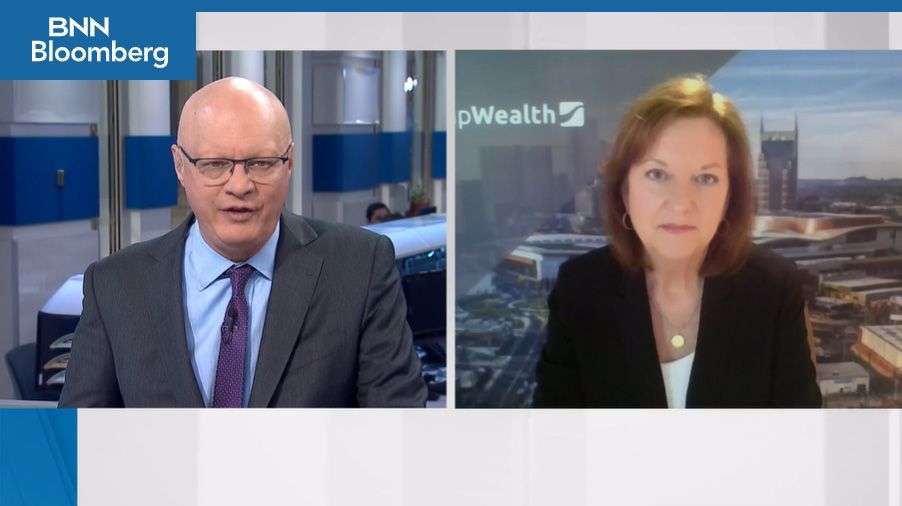What is Rebalancing, and Why is it Important?
April 19, 2021
Diversification is a key term in the financial space that ensures clients, simply put, do not place all their eggs in one basket. Diversification will ensure higher-risk assets do not represent a large portion of your portfolio. During the 2000s technology bubble, investors lost by sinking money into newly-public, unproven internet companies lacking true business strategies. You may recall companies such as Pets.com and Webvan.com that went under due to failed business models. Just for fun, let's throw Napster in there, as well, which was partially owned at the time by a publicly-traded company. Everyone’s tune quickly faded with that investment.
Even companies like Amazon experienced a monster increase to their share price from the IPO price of $18/share, soaring to $107 in a matter of months, only to drop back down to $7 at one point. Based on this experience, consider this question: Would you rather be concentrated in one position, or allow yourself to sell shares and invest in other meaningful companies focused on different industries? Rebalancing is a critical step in portfolio management that can help alleviate issues involving concentrated positions.
Rebalancing ensures diversification across your portfolio strategy:
Rebalancing is the process of adjusting a portfolio over time to achieve a client’s investment strategy. Rebalancing becomes necessary when changes in a clients’ financial needs lead to a shift in asset allocation, or when a manager is monitoring a strategy and wants to ensure all investments are properly weighted to their goal. This process ensures investments are appropriately weighted after recent price movements, and thus prevents the overcompensation of one investment to portfolio performance by alleviating portfolio risk.
A manager can rebalance a portfolio on a periodic basis, known as Calendar Rebalancing , or by implementing a Percentage-of-Portfolio rebalance method, where investments will be partially bought or sold if they hit a percentage weight outside a tolerance level or corridor.
Rebalancing accounts to their strategy benefits clients by eliminating dispersion across accounts at the portfolio management level. This allows managers to monitor the performance of their plan and ensures account allocations are in line with the stated strategy. If a manager's approach is optimal, any divergence in the portfolio from the strategy allocation is not desirable.
Rebalancing helps eliminate the risk of loss while providing new buying opportunities:
Back to putting all your eggs in one basket: choosing not to rebalance a portfolio will allow potentially higher-risk assets to represent a larger proportion of a portfolio’s performance over time. For example, as a stock like Amazon increases significantly in value relative to the rest of the account, portfolio risk will increase and potentially deviate from the client’s risk tolerance. Rebalancing helps maintain portfolio risk, especially when an investment strategy has remained unchanged.
Rebalancing also provides opportunities for new investments. Not all stocks are perfectly correlated when capital market expectations change and the economy fluctuates. In other words, stocks do not just increase in value right away. Rebalancing provides opportunities to both invest in underweight positions that have not outperformed the market while the manager is still bullish on a stock, and potentially sell securities that may have become overpriced.
The cost of trading today is cheaper than ever before:
Due to recent competition in the capital markets space driving trading costs lower, the cost of rebalancing is now at historic lows. Previously, the costs associated with trading commissions and fees could technically impact an account’s performance. The lowering or eliminating of these costs by brokers, as they attempt to generate more business, in turn diminishes the direct cost impact incurred when reblancing an account.
Finally, while rebalancing does create a cost when realizing gains in a portfolio, which generates a capital gain tax liability, methods such as tax-loss harvesting or advantageoulsy rebalancing an IRA can alleviate these concerns. Realizing gains in an account sooner rather than later will help avoid unintentionally ending up with a concentrated position in the portfolio. At CapWealth, we advise on tough, complex decisions such as these in order to achieve what is best for our clients from diversification, tax, and unique circumstance perspectives.
Drew O’Connor, CFA, CIPM, is a Portfolio Manager at CapWealth Group, responsible for client portfolio analysis, investment research, and performance reporting. Drew is an Investment Adviser Representative (IAR) with a background in client portfolio management, investment company research, due diligence, financial and performance reporting, investment consulting, and financial data/software. For more information about CapWealth, please visit
capwealthgroup.com
.














